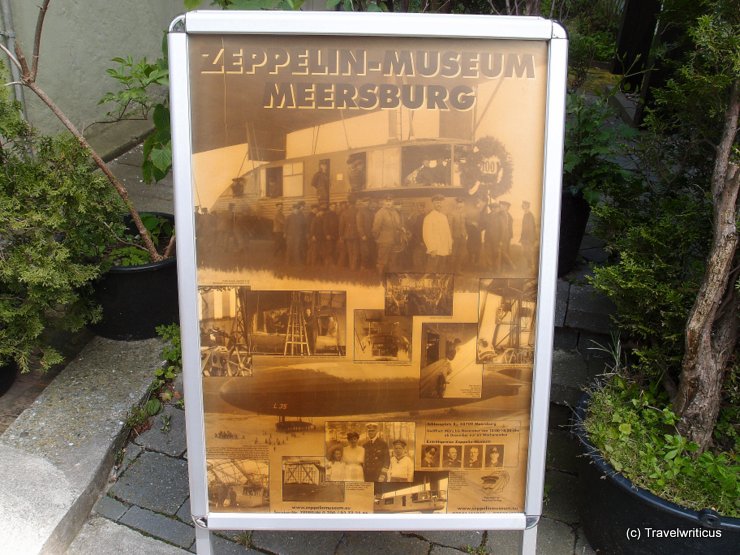
On my way to Meersburg Castle, I came across this Zeppelin museum. If one is interested in this kind of airship, this museum and the Zeppelin museum in Friedrichshafen nearby would be a good combination.
You only see what you know (Goethe)

On my way to Meersburg Castle, I came across this Zeppelin museum. If one is interested in this kind of airship, this museum and the Zeppelin museum in Friedrichshafen nearby would be a good combination.
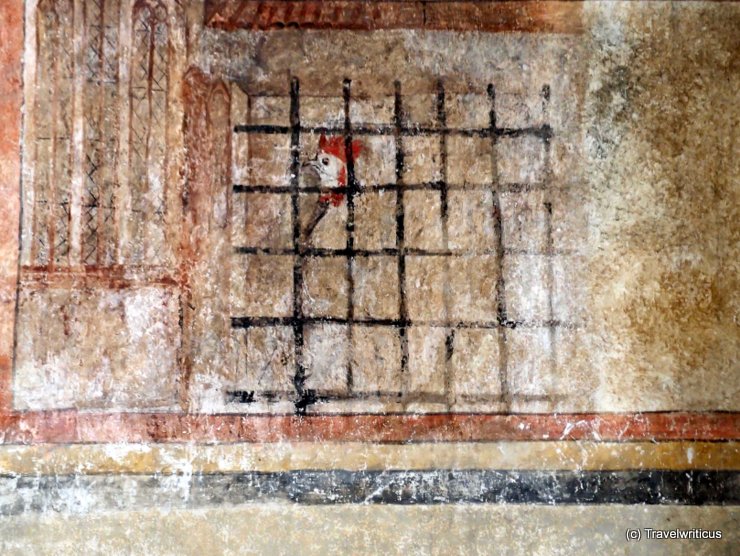
At St. Jodok Church (Pilgerkirche St. Jodokus) this depiction of a caged-up chicken made me smile. It is part of a large fresco telling a legend in Germany generally known as Hühnerwunder (chicken wonder).
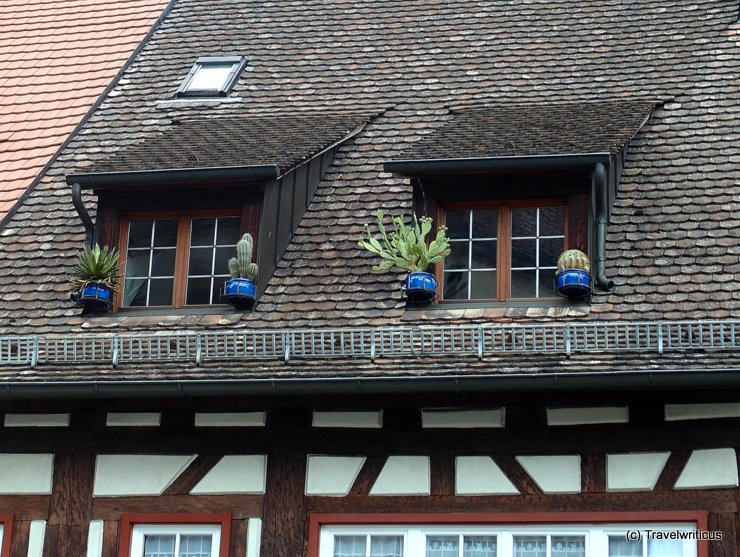
If you are fed up with colourful flowers in window boxes why not using cactus? I saw this decoration in Überlingen, a city on Lake Constance with some remarkable old buildings.

The Überlingen Council Hall, built during the Renaissance, features a remarkable cycle of limewood figures carved by master Jakob Ruß. These sculptures depict the hierarchy of the imperial estates, from princes to peasants, offering an impression of the than power structure.

Windegg Mansion (Schloss Windegg) also known as the ‘Bürgle‘ was founded in 14th century as a guesthouse for a nearby abbey. There is a rumor that Pope Martin V stayed here for some time after his election in 1417 at the Council of Constance.
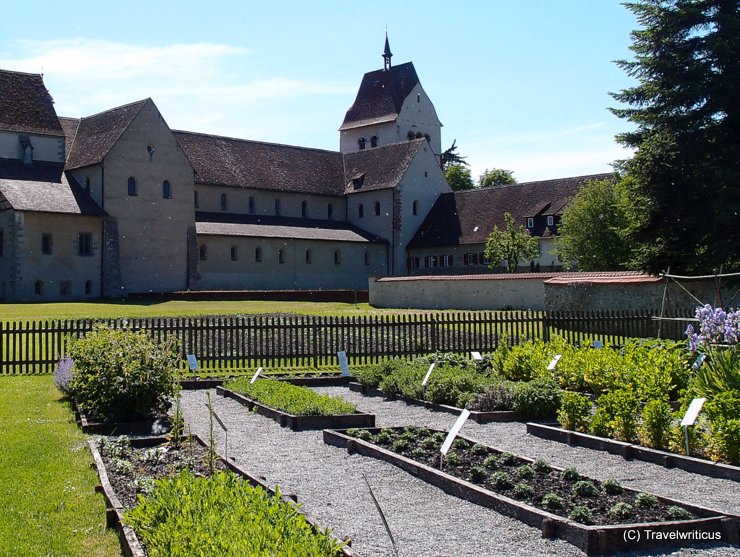
This garden seen next to the minster of Mittelzell is a reconstruction of the herb garden which was mentioned in the poem ‘De cultura hortorum‘ written by Walafrid Strabo in the years between 830 and 840.
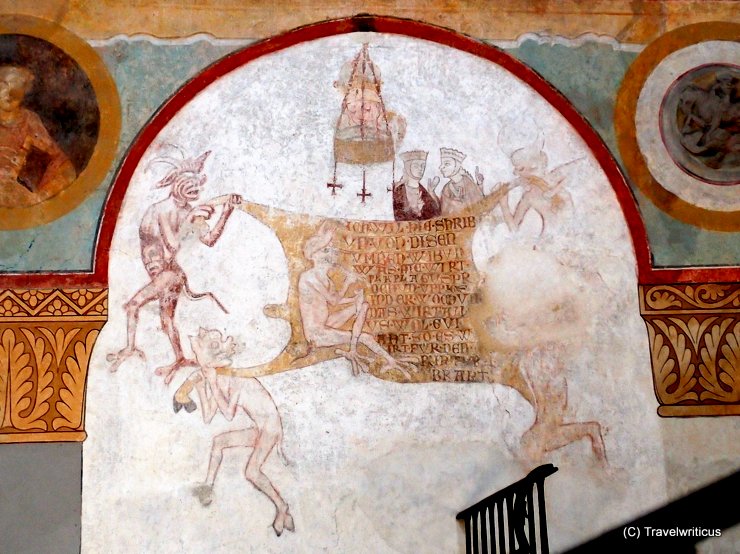
Inside St George’s Basilica on Reichenau Island there is a very special 14th century fresco. A devil is writing something on a cowhide hold by four devils. This is a reference to the German saying Das geht auf keine Kuhhaut (That doesn’t fit on a cowhide).
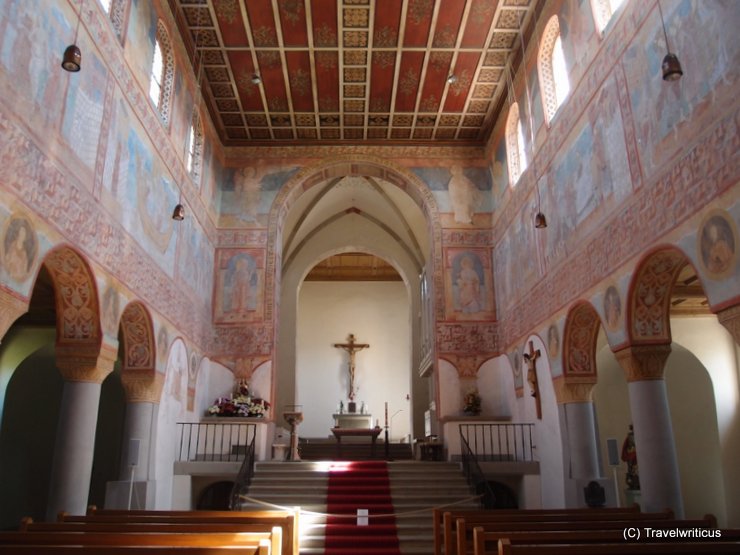
At St George’s Basilica I had the change to see some frescoes showing scenes of Jesus Christ’s life described in the bible. Though I had always thought they were of Ottonian period I was told they were created even earlier, so they are considered late Carolingian (9th century).

At the Rosgartenmuseum I visited an exhibition which told about the life in Constance in the years of the council. At this museum there is also a copy of a chronicle exhibited which is considered as the main source about the live around the council: ‘The Chronicle of the Council of Constance by Ulrich von Richental’.
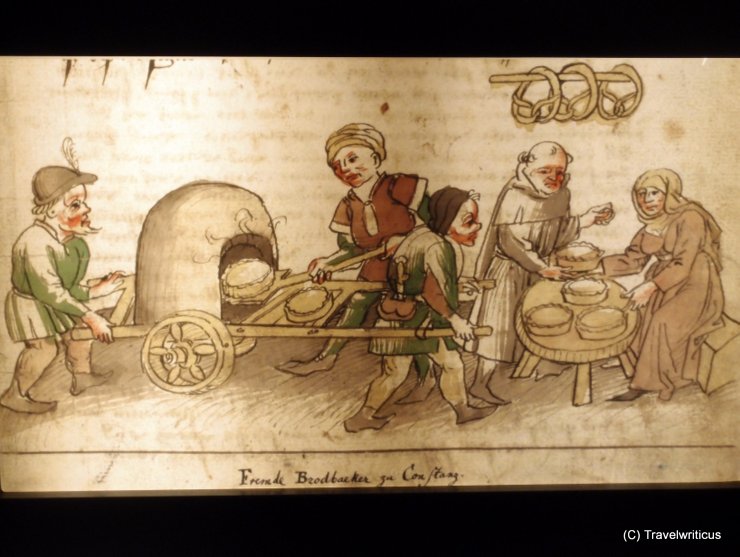
I found this depiction at the State Museum of Archaeology in Constance (Archäologisches Landesmuseum Baden-Württemberg). It shows a mobile baking oven which used to supply the crowds with bread during the Council of Constance (1414-1418).

Every year at the State Museum of Archaeology in Constance, an exhibition takes place in cooperation with the toy company Playmobil. In 2014 the exhibition topic was the Council of Constance (1414-1418). The title of the exhibiton was ‘Voll bis unters Dach‘.
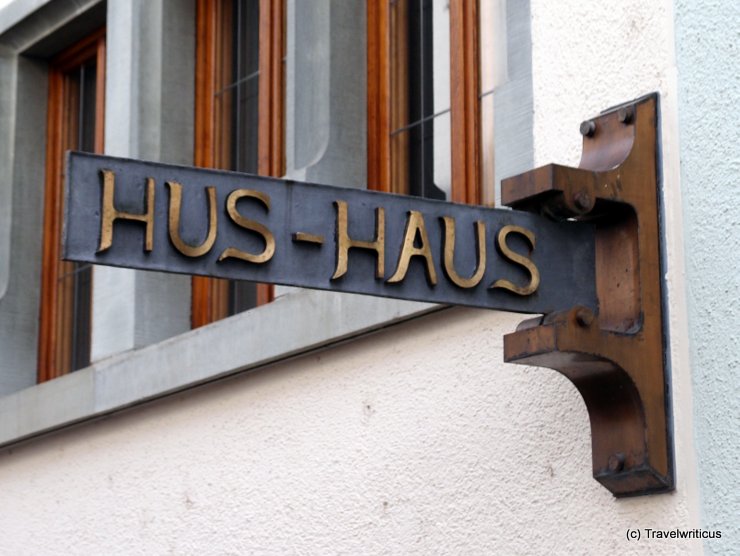
The Hus Museum is situated at the Hus-Haus, which was supposed to be Jan Hus’ harbourage before he got arrested. During my stay in Constance, a historian told me this was wrong. Jan Hus did probably stay in another building. The Hus Museum is worth a visit anyway.